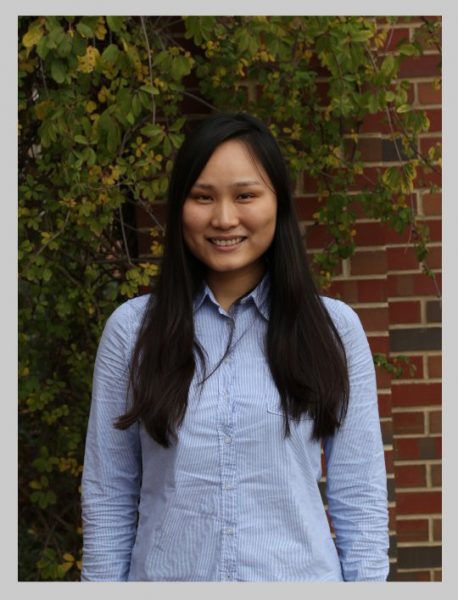Yan Zeng
| PhD, Physical Chemistry, 2011 Technische Universität Berlin M.S., Polymer Science, 2006 Humboldt Universität zu Berlin B.S., Applied Chemistry, 2004 Wuhan University Curriculum Vitae |  |
Research Focus: Research Focus: Hierarchical mesoporous materials designed from microfibriated cellulose
Many natural materials exhibit functional structures on more than one length scale: from the molecular scale to the nano and macro. Biology provides well known examples including bone, wood, and the mollusk shell. In some materials, the structural elements themselves have structure. This structural hierarchy can play a major part in determining the bulk material properties, for instance, exceptional mechanical properties.
New hierarchical materials reinforce revolutionary advances in technologies as diverse as solar energy conversion, microwave communications, and thermoelectric power generation. Over the last decades, the design of such hierarchical functional structures or materials has drawn increasing attentions in scientific community. The traditional hierarchical materials are based on fossil-fuel resources. Due to the requirement of environment policies, the design of a renewable alternative is crucial now.
Microfibrillated cellulose (MFC) refers to cellulosic fibrils disintegrated from the plant cell wall. Through a homogenization process, the fibers in plant cell wall are moderately degraded and opened into their sub-structural fibrils and even microfibrils. MFC is considered as biodegradable and biocompatible and possesses several interesting properties, such as very high tensile strength and elasticity, extremely large specific surface area, and very high aspect ratios of the fibrillated materials. Those properties make it an ideal candidate to reinforce polymer matrices.
The objective of the project is to fabricate hierarchical porous materials based on MFC. Our goal is to optimize fabrication parameters and to achieve unique functions like sound/thermal isolation, mechanical properties and super-hydrophobicity.
